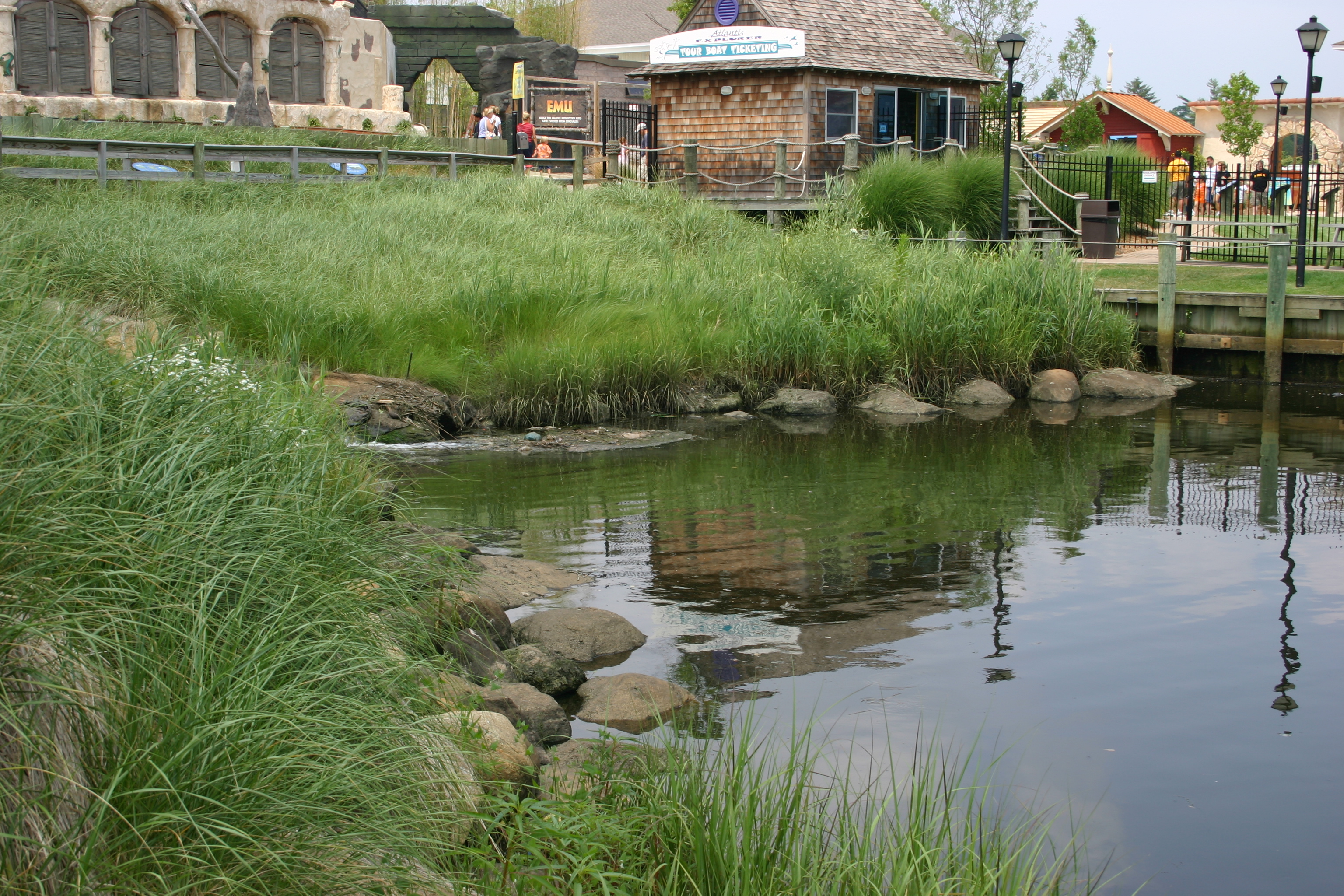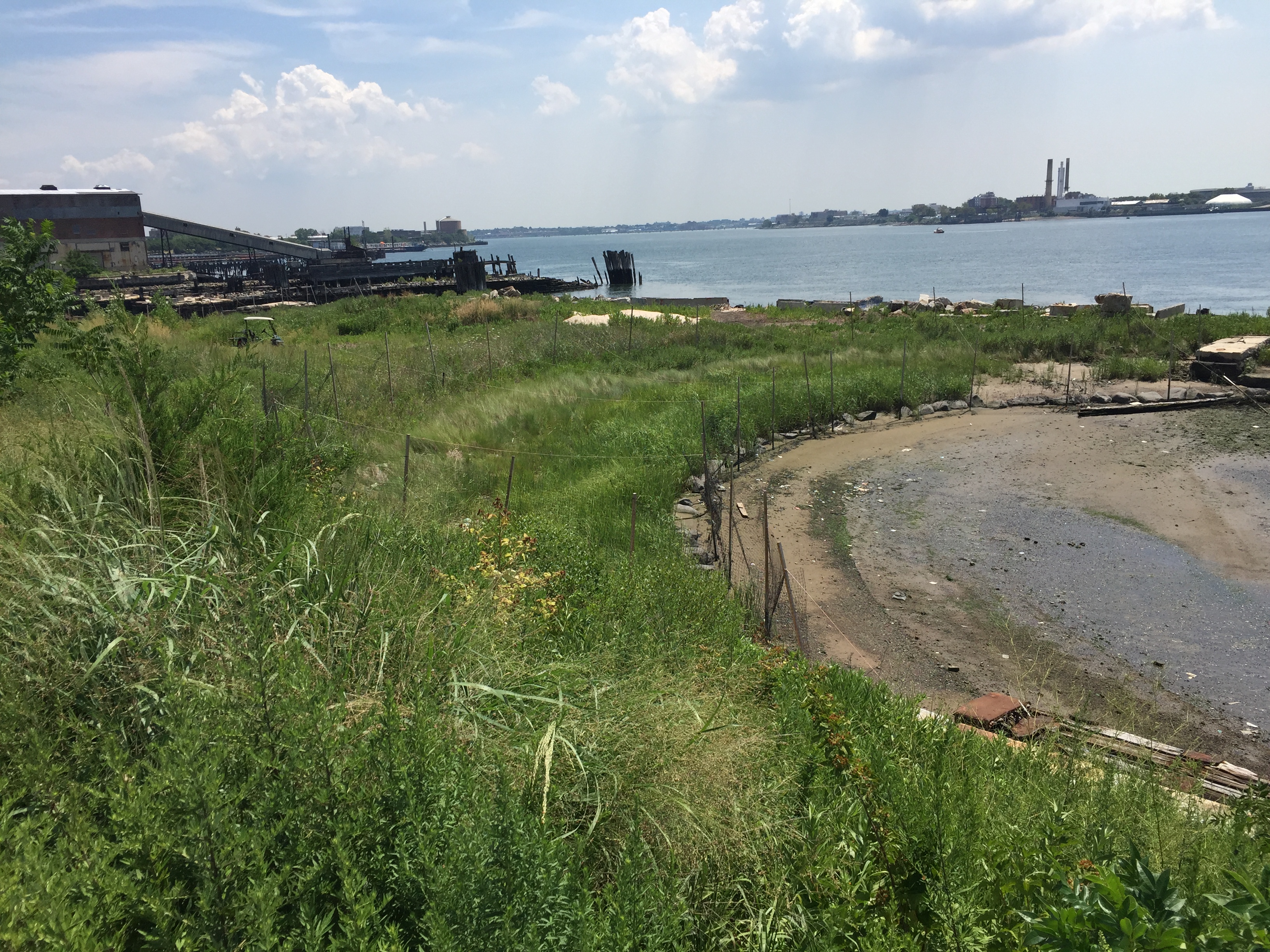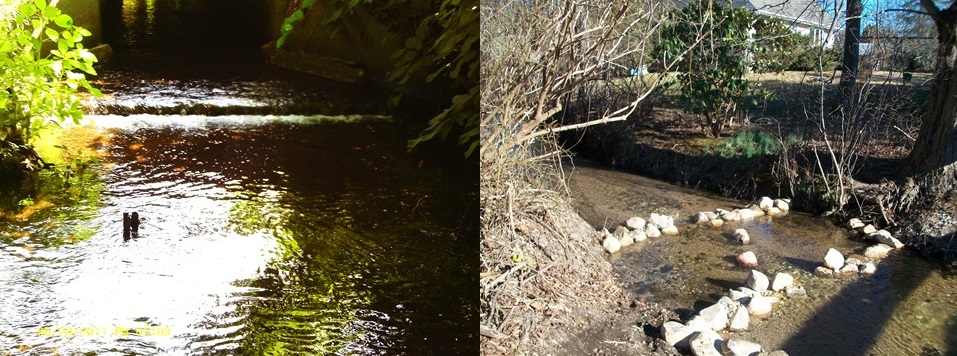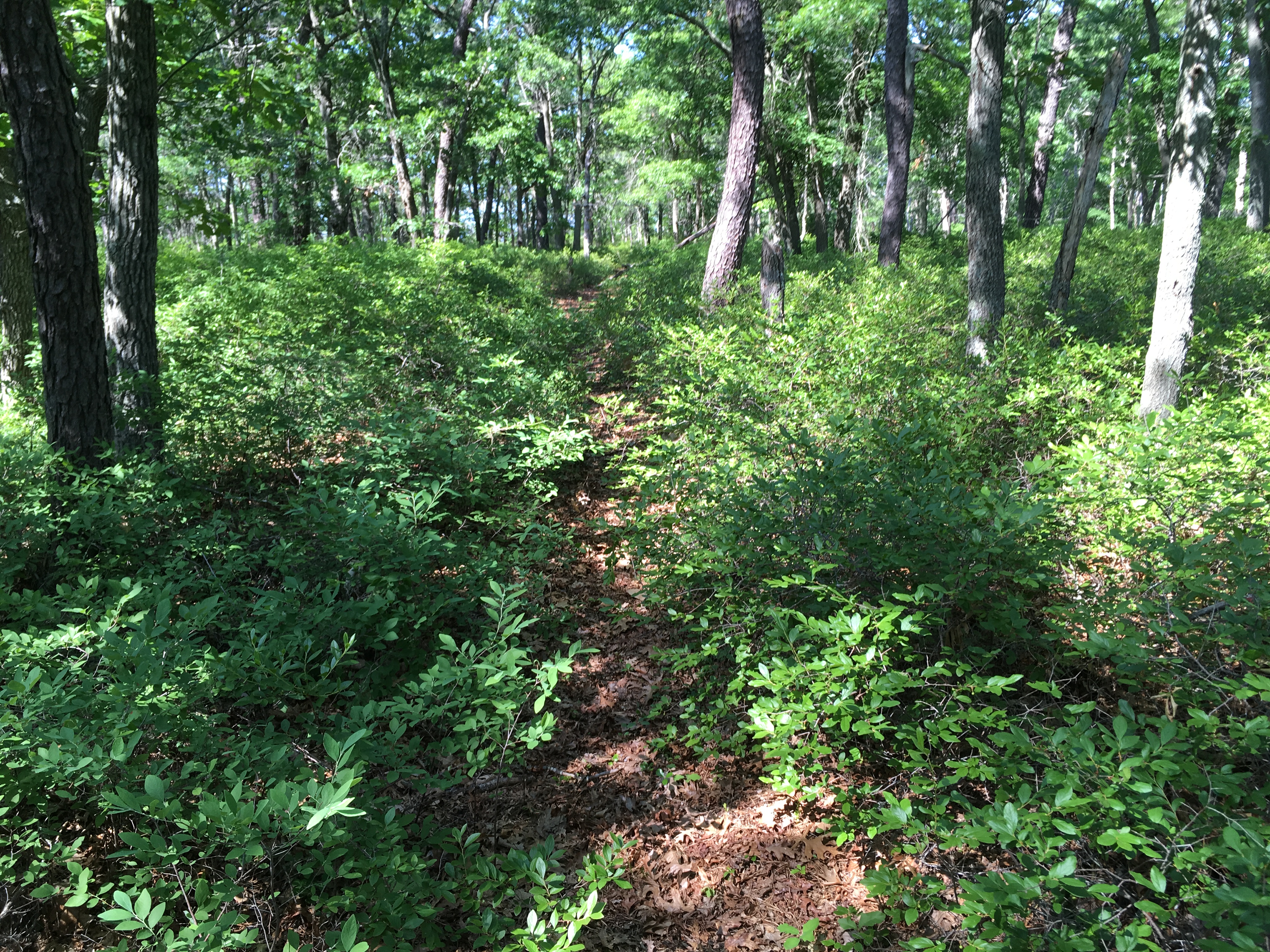Wetland, Coastal and Inland Habitat Management
Wetland Restoration
Land Use has completed over 150 successful tidal and freshwater wetland restoration projects, ranging in size from 0.1 acre to over 100 acres. Our experts analyze a site’s environmental conditions and develop restoration plans suited to that site’s unique edaphic and hydrologic conditions. Representative Wetland Restoration Projects designed and supervised by Land Use include:- Alley Pond Restoration Project, Queens County, NY.
- Alley Creek Tidal Wetlands Restoration Project, Little Neck Bay, Queens County, NY.
- Arlington High School Wetland Salvage & Creation Project, Arlington, Duchess County, NY.
- Atlantis Marine World, Riverhead, Suffolk County, NY.
- Glen Cove Creek Waterfront Redevelopment Project, Glen Cove, Nassau County, NY.
- G & L Building Corporation, Oceanside, NY.
- Nissequogue River Northeast Branch Restoration, Smithtown, Suffolk County, NY.
- Mud Creek County Park (East Patchogue, NY)
- The Creek Club (Locust Valley, NY)
- Oak Point Wetland & Shoreline Restoration (Bronx, NY)
- Elder’s Point West Restoration, Jamaica Bay, NY.
- Gerritsen & Mill Creeks Restoration, Marine Park, Brooklyn, NY.
- Soundview Park, Bronx, NY.

Shoreline Restoration
Land Use also prepares plans to restore shorelines to natural conditions, develops specifications for plans to restore degraded bluffs, and manages dune restoration projects along Long Island’s oceanfront.Natural methods of shoreline protection and erosion control are favored by the NYSDEC, Fire Island National Seashore, and local regulatory agencies. Land Use prepares site plans that utilize native beach and wetland vegetation to stabilize shorelines. Stones or boulders are installed only in erosion-prone areas or to stabilize banks, bluffs, or slopes. Land Use prepares site plans that utilize the best methods to protect upland areas, maintain natural shorelines as valuable habitat, and maximize the likelihood for approval by regulatory agencies.
Restoration of bluffs usually involves development of a grading plan to obtain a stable slope and a revegetation plan to hold the slope in place. In cases where hard structures such as retaining walls or gabion walls are required for bluff stabilization, Land Use works with an engineer to develop a sound bluff stabilization structure. Land Use prepares plans based on specific project needs and obtains approvals from regulatory agencies.
Dune Restoration is often required in oceanfront communities to protect residences and property from coastal storms. Land Use provides necessary planning services for dune restoration projects. Land Use conducts profile surveys of elevation(s) of eroded beach and dune areas. Profiles are necessary to document existing conditions for regulatory agencies and to determine the volume of sand required for restoration. Land Use then prepares plans and project specifications for submission to regulatory agencies.

Fish Passage Restoration
Fish passage and habitat restorations require a thorough understanding of the physical environment characteristics required by the target species and their interactions with other species. Land Use partners with scientists and engineers that are highly experienced in fish passage and restoration of riparian and upland habitats. Fish passage restoration projects that Land Use is involved with include:Peconic Estuary Conceptual Habitat Restoration Project, Suffolk County, NY. Alewife Brook Fish Passage Restoration, Southampton, Suffolk County, NY.

Inland Habitat Management and Restoration
The successful management and restoration of any ecosystem requires sufficient inventory data on existing ecological conditions understanding of the ecosystem’s fundamental ecological and physical characteristics, and knowledge of the life history and habitat requirements of target species, clear and measurable management objectives to guide the implementation restoration projects, proper experience and training with implementation of restoration strategies (particularly with prescribed fire as a restoration strategy) and careful design and implementation of pre- and post-project monitoring protocols to verify the achievement of management restoration goals. While habitat restorations must be guided by ecological parameters, project success is equally dependent on the support of project partners and municipalities. Land Use’s ecologists possess an in-depth understanding of the social climate of Long Island and the ability to work with State, County, and local governments and other stakeholders to anticipate and solve challenges that arise. Projects:- Hubbard County Park Environmental and Historical Management Plan (Flanders, NY)
- Sarnoff Preserve Forest Restoration and Fuel Management (Flanders, NY)
- Rocky Point Natural Resources Management Area Barrens Restoration and Fuel Management (Rocky Point, NY)

